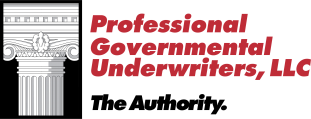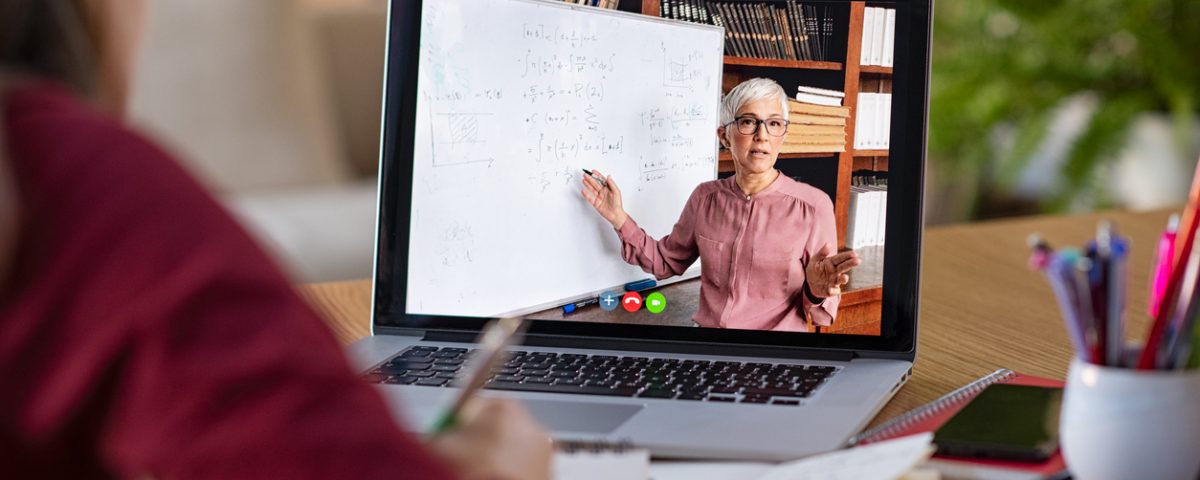The Future of Schools in the Wake of COVID-19

A Closer Look at Various Special Education Types
May 5, 2020
Social Media Considerations for Public Officials
May 18, 2020The Future of Schools in the Wake of COVID-19
The spread of COVID-19 has affected everything from the banking industry to the way we work and the way we live. It’s also affected the way our classrooms work as school systems throughout the United States have shut down for the remaining weeks of classes. Education leaders are now considering how to navigate a new future for schools and their students.
Most educational leaders are focusing on the future of schools, especially as state-imposed social distancing requirements are lifted and students begin returning to their classes. In fact, Schools in Asia are experimenting with new classroom settings and bringing back full classrooms, inspiring schools here in the United States to outline everything from new cleaning procedures to staggered schedules, wearing face masks and ending school assemblies.
Immediate Changes
In recent years, school systems have resorted to shorter yet more available breaks and longer school years. For instance, winter break would usually be between three and four weeks, but has since changed to just two weeks in most school districts. Considering winter is the season where sicknesses are most active, such as the flu and cold, school systems may be inclined to revert back to longer winter breaks.
Some schools may also consider mandatory summer school for everyone on top of longer winter breaks when more common viruses hit communities.
But beyond schedules, school systems may take on more competency-based education models. These models call for more focus on student mastery of learning objectives and finding support to help students master their studies. With school buildings closed and students in need of more flexibility in their schedules while learning from home, the idea that students get credit for meeting certain learning objectives seems like a solid alternative to the traditional model.
School systems have to also think about how this new normal is affecting their liabilities and responsibilities toward student health. While educators’ liability insurance can help schools keep major claims from becoming too wide reaching and expensive, there is a lot of ambiguity around how COVID-19 will play out legally.
In recent weeks, undergrads have sued multiple universities to receive refunds on classes they paid for that were cancelled in the wake of COVID-19. Issues like this are likely to become more common as the school year comes to a close, but when it comes to reopening schools in public districts, parents may be apt to bring claims against elementary, junior high, and high schools on account of not doing enough to keep their students safe.
A New Way of Learning
Another way COVID-19 is changing the education landscape is by bringing the classroom to a half-in-person, half-virtual system. While school districts have been using online portals for things like submitting homework or taking practice exams, some classes may now be done completely online, much like how university systems have been doing for decades.
Schools are exploring new tools for online instruction and are setting up plans to distribute computers more widely and make other digital devices and resources more readily available for students. Even after students are allowed back in the classroom, mixing in online learning will surely become the new standard.
Technology can be used to help ensure all students have access to more rigorous learning opportunities, give students added academic support, and let them continue learning when schools are shut down or closed for breaks.
About PGUI
Professional Governmental Underwriters, Inc., is a full-service risk management company dedicated to assisting public, educational and non-profit entities in the management of their professional liability exposures including educators liability insurance. We are dedicated to providing state-of-the-art professional underwriting management and loss control advisory services on behalf of our designated carriers. For more information, call us toll-free at (800) 586-6502.


